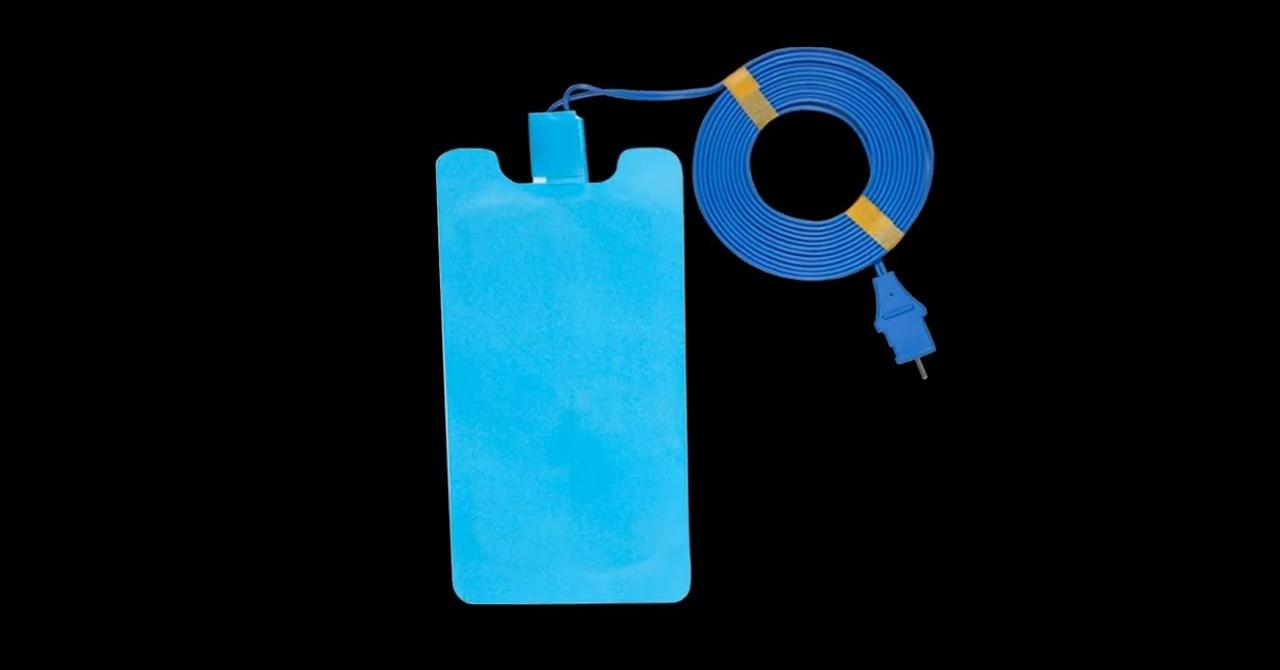Are you curious to know what is a bovie pad? You have come to the right place as I am going to tell you everything about a bovie pad in a very simple explanation. Without further discussion let’s begin to know what is a bovie pad?
In the world of modern medicine, many intricate tools and devices are employed to ensure the safety and well-being of patients during surgical procedures. One such essential component in electrosurgery is the Bovie pad, often referred to as a patient return electrode or grounding pad. This unassuming, adhesive pad plays a crucial role in ensuring the safety and effectiveness of electrosurgical procedures. In this blog, we’ll explore what a Bovie pad is, how it functions, and its significance in the field of electrosurgery.
What Is A Bovie Pad?
A Bovie pad, named after the American inventor Dr. William T. Bovie, is an adhesive electrode used in electrosurgery to complete the electrical circuit for the monopolar electrosurgical generator. It is typically placed on the patient’s body, usually on a large muscle mass, such as the thigh, back, or shoulder. The primary function of the Bovie pad is to provide a return path for the electrical current used in surgical procedures, ensuring the safe and controlled flow of electricity.
How A Bovie Pad Works?
- Adhesive Application: The Bovie pad features a conductive adhesive surface on one side. This adhesive side is applied to the patient’s skin in a location away from the surgical site but still close enough to effectively complete the electrical circuit.
- Electrodes and Cables: The Bovie pad has electrodes and cables connected to it. The electrodes are in contact with the adhesive surface, while the cables are linked to the electrosurgical generator.
- Return Path for Electrical Current: During electrosurgery, the surgeon uses an active electrode, which is a surgical instrument, to deliver electrical current to the target tissue. The electrical circuit is completed when the current travels from the active electrode, through the patient’s body, and returns to the generator via the Bovie pad.
- Safe Dispersal of Heat: The Bovie pad is designed to disperse the heat generated during electrosurgery, ensuring that the patient doesn’t experience burns or tissue damage at the site of the electrode placement.
Significance In Electrosurgery
- Patient Safety: The primary function of the Bovie pad is to ensure the safety of the patient. By providing a controlled and low-resistance pathway for electrical current, it minimizes the risk of burns or electrical injuries to the patient.
- Effectiveness: Electrosurgery, including cutting, coagulating, and fulgurating, relies on the precise and controlled delivery of electrical energy. The Bovie pad’s role in completing the electrical circuit is crucial for the effectiveness of these procedures.
- Minimal Tissue Damage: Without a proper return path for electrical current, tissue at the site of the active electrode could be damaged or desiccated. The Bovie pad ensures that the energy is dispersed harmlessly.
- Regulatory Compliance: The use of Bovie pads is often subject to regulatory guidelines and standards in healthcare settings to ensure consistent patient safety practices.
Gather More Information About such Things By Visiting Mesbrand.
Conclusion
Bovie pads, though seemingly unremarkable, play a vital role in the realm of electrosurgery. They provide the crucial return path for electrical current, ensuring that surgical procedures can be performed effectively and safely. While many aspects of modern medicine have evolved, the importance of ensuring the safety of patients during surgery remains a top priority, and components like the Bovie pad contribute significantly to this commitment to patient well-being.
FAQ
What Are Bovie Pads Used For?
The electrosurgical unit, or Bovie, is a surgical device used to incise tissue, destroy tissue through desiccation, and to control bleeding (hemostasis) by causing the coagulation of blood.
Where Do You Put A Bovie Pad?
Choose a location for the return electrode/dispersive pad that is as close to the operative site as possible, clean and dry, well vascularised, and over a large muscle mass. Avoid bony prominences, adipose tissue, scar tissue, skin over implanted metal prostheses, hairy surfaces, and pressure points.
What Is The Purpose Of A Grounding Pad During Surgery?
It is a safe procedure. A small probe with an electric current running through it is used to burn or destroy the tissue. A grounding pad is placed on the body (usually the thigh) before the surgery to protect the person from the harmful effects of the electricity.
Why Do You Need A Grounding Pad With Bovie?
Because the conductive surface area of the grounding pad is much larger than the active electrode (where cutting, coagulation, or ablation occur), the current is dispersed over a wide area, minimizing the heating of the tissue under the grounding pad.
I Have Covered All The Following Queries And Topics In The Above Article
What Is A Bovie Pad
What Is A Bovie Pad In Surgery
What Is A Bovie Pad Used For
What Surgery Cases Is A Bovie Pad Used For
What Cases Is A Bovie Pad Used For
What Is A Bovie Pad
What are Bovie pads used for
